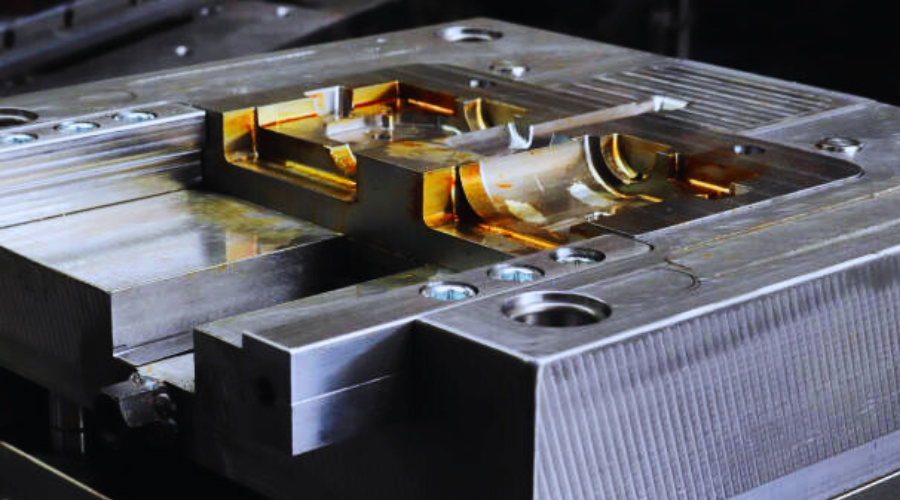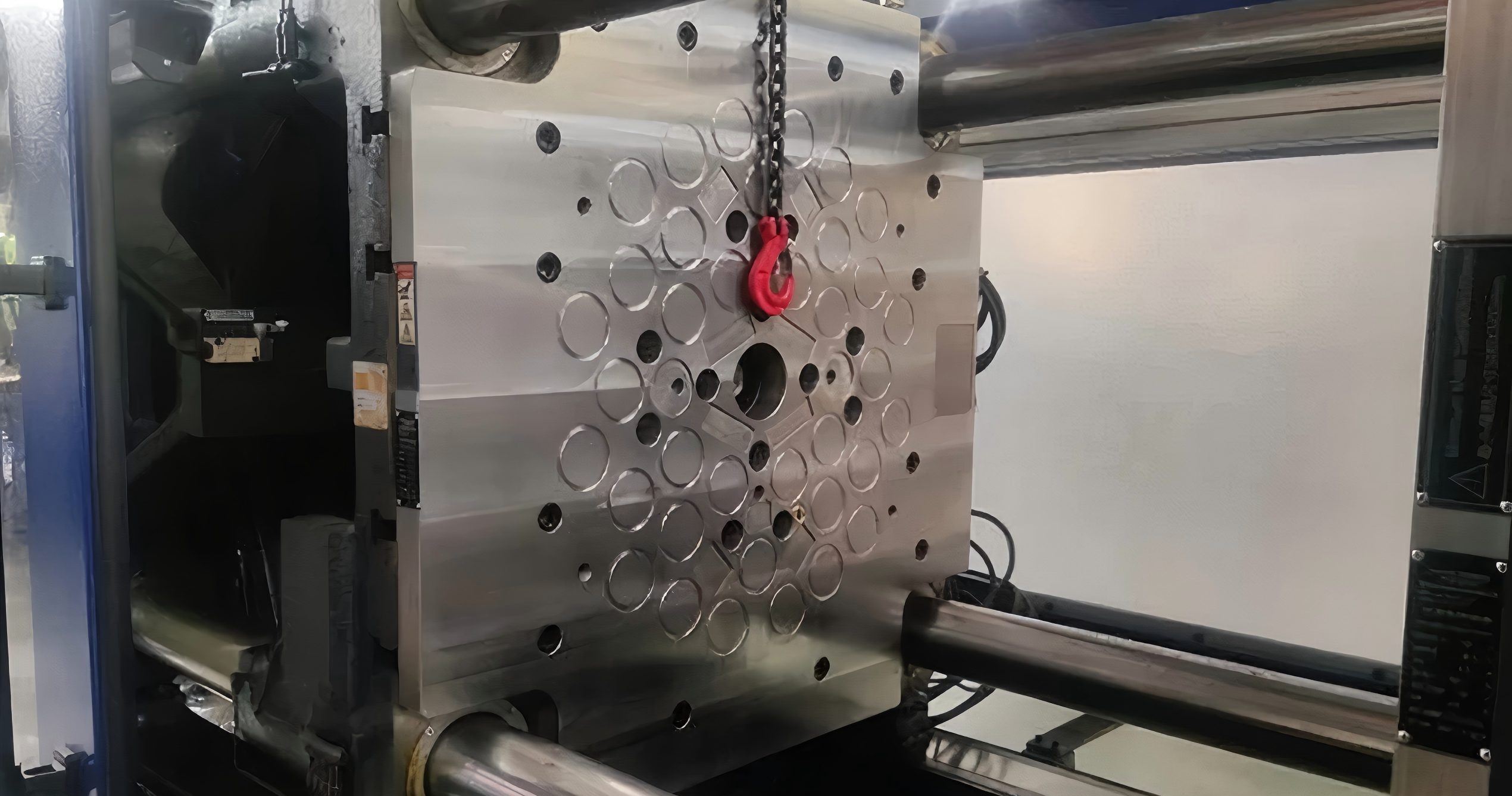Contents
High-pressure die casting (HPDC) is a popular manufacturing process used to produce complex and high-precision metal parts, particularly for industries like automotive, aerospace, and consumer electronics. In this process, molten metal is injected at high pressure into a metal mold also called die, where it solidifies into the desired shape. This manufacturing method offers several advantages, but it also comes with its challenges. In this article, we will explore the key benefits and drawbacks of high-pressure die casting to help manufacturers and customers determine if it's the right fit for their production needs.

1. What Is High-Pressure Die Casting?
Before diving into the advantages and disadvantages, it's essential to understand how the high-pressure die casting process works. The process involves the following stages:
- Preparation: The die is coated with a lubricant to help control temperature and ensure smooth ejection of the cast part.
- Injection: Molten metal, typically aluminum, zinc, or magnesium, is injected into the die at extremely high pressure, usually between 1,500 to 25,000 psi.
- Cooling and solidification: The metal solidifies quickly inside the die, taking on the desired shape.
- Ejection: Once solid, the cast part is ejected from the die.
- Trimming: Excess material, known as flash, is removed from the cast part.
The whole process is highly automated and allows for mass production of parts with complex geometries. Now, Let's delve into the advantages and disadvantages of high-pressure die casting.
2. Advantages of High-Pressure Die Casting
High Production Efficiency
One of the primary reasons manufacturers opt for high-pressure die casting is its efficiency. The process is fast and highly automated, making it ideal for large production runs. Once the die is made, thousands of parts can be produced in a relatively short period. This high efficiency translates to lower per-unit costs, particularly for large-scale manufacturing projects.
Excellent Dimensional Accuracy and Surface Finish
High-pressure die casting offers remarkable dimensional accuracy, often within tolerances as low as ±0.001 inches (±0.025 mm). This level of precision is difficult to achieve with other casting methods, which makes high-pressure die casting ideal for industries that require tight tolerances, such as automotive or aerospace.
Additionally, parts produced using high-pressure die casting generally have excellent surface finishes, reducing the need for secondary machining or finishing operations. For many applications, die-cast parts can be used as-is or with minimal post-processing.
Ability to Produce Complex Geometries
High-pressure die casting is well-suited for creating parts with intricate shapes and complex geometries. The molten metal can flow into very thin sections and around complex features, allowing designers more freedom in part design. This advantage is particularly important in industries that require lightweight, structurally intricate components, such as the automotive and electronics sectors.
Material Versatility
The high-pressure die casting is compatible with a variety of non-ferrous metals and alloys, including aluminum, zinc, and magnesium. Each of these materials offers materials offers unique properties:
- Aluminum: Known for its lightweight properties, high strength-to-weight ratio, and corrosion resistance, aluminum is widely used in automotive and aerospace applications.
- Zinc: Zinc offers excellent fluidity during casting, which allows for fine detail and high precision. It is also highly resistant to wear and can be used for a longer tool life.
- Magnesium: Magnesium is one of the lightest structural metals and is commonly used in electronics and automotive components where weight reduction is essential.
This versatility allows manufacturers to choose materials based on the specific needs of their projects.
Reduced Wastage
High-pressure generates less waste compared to other casting methods, as it uses a precise amount of molten metal injected into the die. Additionally, any scrap or excess material generated, such as from trimming flash, can often be recycled and reused, further enhancing material efficiency and reducing costs.
Enhanced Mechanical Properties
Die casting often exhibits superior mechanical properties, such as strength and durability, compared to parts made through other casting techniques. The high-pressure injection allows for fine grain structures and a dense, solid part with minimal porosity. This results in components that can withstand higher stress and are more reliable over long periods.

Disadvantages of High-Pressure Die Casting
While high-pressure die casting offers numerous advantages, there are some notable limitaions and challenges that manufacturers must consider.
High Initial Tooling Costs
One of the most significant drawbacks of high-pressure die casting is the high initial cost associated with creating the dies. These dies must be made from hardness steel and designed to withstand high pressures and temperatures dueing the casting process. While the high upfront cost can be justified in high-volume production runs, it may not be economically feasible for small-batch manufacturing.
For this reason, high-pressure die casting is typically reserved for large-scale production where the high tooling costs can be amortized over thousands or even millions of parts.
Long Lead Times for Tooling Development
The complexity and precision required to design and manufacture the dies contribute to longer lead times. Custom dies can take weeks or even months to develop, depending on the complexity of the part and the level of customization required. This extended development time may delay the overall production process.
Limited to Non-Ferrous Metals
High-pressure die casting is limited to non-ferrous metals such as aluminum, zinc, and magnesium. For applications that require ferrous metals like steel or iron, other casting processes such as sand casting or investment casting must be considered. This limitation restricts the types of applications where high-pressure die casting can be used.
Potential for Porosity
Despite its ability to create dense parts, the high-pressure die casting process can sometimes result in porosity, small voids or bubbles that form inside the part during solidification. This issue is more likely to occur if the molten metal is injected too quickly or if air becomes trapped during the casting process. Porosity can compromise the structural integrity of the part and may require additional testing or quality control measures.
Materials Limitations for Thin Walls
Although high-pressure die casting for its ability to produce parts with thin walls, there are still material limitations to consider. Some alloys may not flow well into extremely thin sections, leading to incomplete filling of the mold. This challenge can be mitigated by carefully selecting the right material and optimizing the die design, but it still presents a potential limitation.
Post-Processing and Secondary Operations
hile high-pressure die casting can produce parts with excellent surface finishes, certain applications may still require secondary operations such as machining, polishing, or coating. For example, if a part requires additional holes or threading that cannot be achieved during casting, secondary machining will be necessary. Additionally, some parts may need to undergo heat treatment or surface finishing to improve their mechanical properties or aesthetic appearance.
These additional steps increase the overall production time and cost, especially if tight tolerances or high-quality finishes are required.
Conclusion
High-pressure die casting is a highly efficient and versatile manufacturing process that excels in producing complex, high-precision parts in large quantities. Its key advantages include high production efficiency, excellent dimensional accuracy, and the ability to create intricate geometries. The process is well-suited for applications in the automotive, aerospace, and consumer electronics industries, where lightweight, durable components are essential.
However, high-pressure die casting is not without its challenges. The high initial tooling costs, potential for porosity, and limitations with certain materials and thin sections can make it less suitable for low-volume or specialized projects. Manufacturers must carefully weigh the benefits and drawbacks of high-pressure die casting to determine if it is the right solution for their specific needs.
At HordRT, we specialize in high-pressure die casting and offer a wide range of solutions for custom mold manufacturing. With years of expertise in the field, we pride ourselves on delivering high-quality, precision-engineered parts to meet the exacting standards of our clients. Whether you need complex geometries, tight tolerance, or high-volume production, we have the capabilities to meet your demands.
If you’re looking for a trusted partner for your next high-pressure die casting project, we invite you to contact us for a consultation. Our team is ready to discuss your requirements and provide a customized solution to meet your manufacturing needs. Feel free to inquiry today——we’re here to help turn your concepts into reality!
-q4gvl4k29y4hq8j9rjpapvj0ft06fje63olt7p210i.png)


